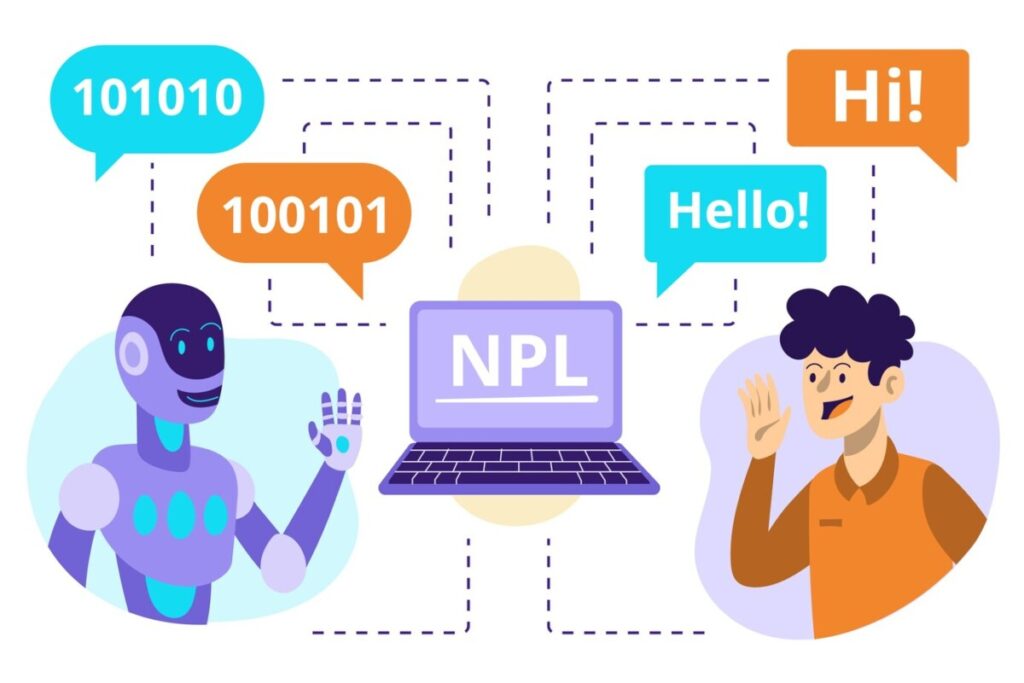
Artificial Intelligence is changing how we write, brainstorm, and publish. But let’s face it—AI-generated content still feels a bit… robotic. That’s where the magic of ai text to human text conversion comes in. Whether you’re a blogger, student, or marketer, turning stiff AI language into natural human writing can elevate your content instantly.
Let’s break down everything you need to know about making AI-generated text sound like it came straight from a human brain.
What is AI Text to Human Text?
The phrase ai text to human text refers to the process of converting content written by artificial intelligence into something more authentic, personal, and engaging—something that sounds like it came from a real person, not a machine.
AI tools like ChatGPT, Jasper, and others do a great job drafting ideas and paragraphs. But their output often needs a human touch to feel natural. That’s where the transformation happens—adjusting tone, adding emotion, correcting awkward phrasing, and inserting your unique voice.
Why Converting AI Text to Human Text Matters
AI content is fast and efficient, but if your readers feel like they’re talking to a robot, they’ll bounce. Here’s why humanizing AI text is important:
Authenticity: Readers connect more with real stories and feelings.
SEO Value: Natural language performs better on search engines.
Engagement: Human-style writing keeps people reading longer.
Credibility: Brands and blogs that sound human earn trust.

Signs Your Content Needs Humanizing
Not sure if your AI-written content needs editing? Look for these red flags:
- Repetitive phrases or sentence structures
- Overuse of filler words like “Moreover,” or “In conclusion”
- Flat, emotionless tone
- Generic or vague sentences
- Lack of personal stories or relatable language
If your content checks any of those boxes, it’s time to convert that ai text to human text.
How to Convert AI Text to Human Text – Step-by-Step
Add Personal Touches
Talk about real-life experiences. Even a short personal story adds credibility and emotion.
Change the Tone
Instead of a formal tone, go conversational. Use contractions (like “you’re” instead of “you are”) and casual phrases.
Edit Sentence Flow
Break long sentences into shorter ones. Rearrange sentences for a natural rhythm. Read your text out loud—it should sound like a real conversation.
Use Your Unique Voice
Don’t be afraid to sound like yourself. If you’re sarcastic, fun, or bold—let it show!
Insert Emotions and Opinions
Tell the reader how you feel. Add opinions, thoughts, or even rhetorical questions to engage them.

Helpful Tools to Convert AI Text to Human Text
If you need a little help transforming your AI content, here are a few user-friendly tools:
Hemingway Editor – Simplifies complex sentences and improves readability.
Grammarly – Great for polishing tone, grammar, and sentence flow.
QuillBot – Rephrases sentences and adjusts tone quickly.
Paraphraser.io – Converts AI sentences into human-friendly versions.
Wordtune – Offers multiple rewrite suggestions in different styles.
All these tools can help convert ai text to human text without making the content sound mechanical.
Best Practices When Converting AI Text
Don’t just rewrite—rethink.
Understand what the AI is trying to say and say it in your own words.
Keep your audience in mind.
Use language they’ll understand and relate to.
Avoid keyword stuffing.
Yes, you should use keywords (like ai text to human text), but naturally and sparingly.
Balance clarity with creativity.
Make your content easy to follow but still interesting.

Examples of Humanized AI Text
Let’s look at an example of an AI paragraph before and after humanization:
AI Version:
“AI text to human text conversion is a useful process that allows individuals to change the structure of machine-written content into a more readable format that suits human understanding.”
Humanized Version:
“Want to turn robotic writing into something people actually enjoy reading? That’s where ai text to human text conversion steps in—it helps transform flat, machine-made paragraphs into engaging, easy-to-read content.”
See the difference? The second version speaks directly to the reader, uses casual tone, and feels more natural.
Real-World Applications
Blogging and Content Marketing
Bloggers use AI to draft posts but convert them into human-sounding content for better SEO and audience connection.
Academic Writing
Students sometimes use AI for outlines but reword the final work to pass AI detectors and maintain originality.
Social Media Captions
Quick AI-generated captions often need a human twist to resonate with followers.
Email Marketing
Marketing emails need to sound friendly and human. AI can help start them, but a real tone sells better.
Benefits of Humanizing AI Text
- Better user experience
- Increased time-on-page metrics
- Improved conversion rates
- Greater trust and connection
- Avoidance of AI detection tools in schools or content platforms
Challenges You Might Face
Over-editing: Changing too much can confuse the original message.
Time-consuming: Rewriting takes effort.
Tone mismatch: It’s easy to lose consistency in voice if you’re not careful.
But the results are worth it. Every sentence you humanize brings you closer to your audience.
The Future of AI and Human Content
As AI keeps evolving, the gap between machine and human writing will shrink. But for now, your readers want that real, raw, human connection. Knowing how to convert ai text to human text puts you ahead in content creation.
Even in the future, human editing will likely remain a crucial step—AI can write, but only people can connect.
AI is powerful, but it’s just a tool. It lacks the warmth, humor, and voice that makes content relatable. That’s why learning how to convert ai text to human text is a must in the digital age.
Whether you do it manually or use tools, always aim to speak directly to your reader, inject emotion, and let your unique tone shine. At the end of the day, people crave real human connection—even in writing.
FAQs About The AI Text to Human Text
Why should I convert AI text to human text?
To make your content sound more natural, trustworthy, and relatable to your audience.
Is it cheating to use AI for writing?
No—but you should always add a personal touch to ensure quality and originality.
Can tools really help humanize content?
Yes! Tools like Wordtune, Grammarly, and Hemingway Editor are helpful starting points.
Will humanized content rank better on Google?
Usually, yes. Google favors content that reads naturally and provides value.
How do I know if my text still sounds like AI?
Read it aloud. If it feels stiff or repetitive, it probably still needs some human flavor.
